Why Your Product Line Might Be Holding You Back
Let’s stir up some magic in the lab and address a crucial part of growing your business: structuring your product line to exceed customer expectations and boost your bottom line.
You’ve got your formulas. Your branding is on point. Maybe you’ve even launched and have those first few customers under your belt. But if your repeat orders feel underwhelming, your cart sizes are small, or your range lacks cohesion… it might be time to look at the structure of your product line.
This is where the concept of the product pyramid comes in. More than just a catchy framework, it’s a strategic blueprint for increasing your average order value (AOV), guiding customer journeys, and building a brand that can grow sustainably. Think of it as the behind-the-scenes architecture of a truly scalable beauty business, an intentional ladder of products that leads your customers from discovery to loyalty.
What Is the Product Pyramid?
The product pyramid is built on clear tiers. Each tier has a purpose. At the base, you’ve got accessible, affordable products that invite new customers in. In the middle are your hero products, formulas that represent your brand’s core promise. From there, you climb to mid-tier add-ons that deepen routine and commitment, and finally, premium offerings that drive profit and deliver a high-end experience. Add in some limited editions or seasonal drops, and you’ve got a dynamic, conversion-friendly range that tells a compelling story.
Entry-Level Products: The Easy Yes
Let’s start at the bottom. Entry-level products are your brand’s handshake. Think travel sizes, lip balms, mists, or soaps, items under 15-20€ that are risk-free, giftable, and visually delightful. These aren’t just fillers; they are trust builders. With smart packaging and positioning, they bring first-time customers into your world with ease.
Core Products: Your Brand’s Reputation Builders
From there, your core products carry the weight of your reputation. These are your signature serums, moisturisers, or targeted treatments. They deliver real results, showcase your actives, and define your niche. Pricing tends to sit between €25–€60, and they are the stars of your email campaigns, reviews, and paid ads. Every strong brand has 1–3 of these and they’re often what customers come back for.
Mid-Tier Add-Ons: Deepening Commitment
Mid-tier products build on that trust. These are your upsells: the hydrating toners, exfoliants, boosters, and complementary oils that complete a routine. Introduced thoughtfully, they increase customer investment and boost your AOV. You’re no longer selling a single item, you’re offering a system, a ritual, a result. It’s the beauty of bundling: customers get more value, and you get better margins.
One example of add-ons is pairing entry-level mists (€15) with core serums (€40) in a “starter ritual” bundle, offering a 10% discount to entice first-time buyers. Cross-sell mid-tier toners (€30) with premium kits (€80) via website pop-ups, suggesting “complete your routine” at checkout. Use email campaigns to promote limited editions alongside core products, driving urgency. Test bundle performance with A/B campaigns (€50-€200), tracking conversions on Facebook and on your own website. By mastering cross-selling in beauty retail, you’ll turn single purchases into rituals, boosting loyalty and revenue.
Premium and High-Ticket Offers: Elevating Perception
Now, the top tier: premium or high-ticket offers. This is where your brand stretches into exclusivity and transformation. It might be a customised skincare kit, a luxe ritual set, or a subscription box for your most devoted fans. These products justify their price through deep benefit, beautiful packaging, and often a sensory or educational experience. With prices starting from €60 and up, they create aspirational pull and elevate your brand perception.
Profit Margins Per Tier: Knowing Where the Money Is
Pricing is one thing, profit margins are another. Lower-tier products often come with slimmer margins but play a strategic role in acquisition and brand entry. Your mid and high-tier products, however, should be designed for margin growth. That means careful ingredient selection, packaging cost control, and smart bundling. A €10 lip balm might earn you €5 profit, while a €60 ritual set could return €30–€40. If you’re building a sustainable brand, understand which tier drives profitability and plan your promotional strategy accordingly.
Limited Editions and Seasonal Drops: Wild Cards That Work
Don’t forget the wild cards:limited editions, holiday sets, influencer collabs. These aren’t essential, but they are powerful. They add energy, urgency, and shareability to your line. They let you test new formats or scents without overcommitting. And for loyal fans? They’re irresistible.
Funnel Strategy by Tier: Connecting Product to Marketing
Each tier also plays a role in your marketing funnel. Entry-level products should be easy to discover via SEO, optimised for “best lip balm for winter” or “affordable facial mist”. Core products anchor your homepage and your hero ad campaigns. Mid-tier SKUs are perfect for email upsells and routine-building guides. Premium kits work well in loyalty campaigns or gift-giving ads. Structure your site navigation, email flows, and blog content around this pyramid to drive discovery, repeat purchases, and cart value, naturally.
Psychology of the Pyramid: Why It Works
What makes the pyramid work isn’t just structure, it’s psychology. Entry-level products are easy “yes” moments. Core products build emotional connection. Mid-tier items deepen involvement. High-end offers satisfy your most invested buyers. Each tier builds momentum, guiding customers step-by-step toward deeper engagement and long-term brand loyalty.
Common Mistakes to Avoid
A word of caution though: the product pyramid only works when each tier is intentional. A common mistake is building too many entry-level products without a strong core. Another is launching a luxury set without first earning customer trust with lower tiers. Overlapping products in the same tier also leads to decision fatigue. If your moisturisers all sit at €35 and offer similar benefits, you’re creating confusion, not clarity. Every product should serve a purpose, not just fill space.
How to Build Your Pyramid
Start by auditing your current line. Which products fall into which tier? Are you missing an entry-level offer? Do your core products truly anchor your brand? Are there smart, scalable ways to add mid-tier or high-ticket options?
Next, map out your customer journey. What’s their first purchase? What follow-up would make sense in a month? What product closes the loop in their skincare or haircare ritual? Think in terms of routine, not just items.
Use your packaging sizes strategically: 15ml testers, 30ml standards, 50ml deluxe. Small tweaks can create clear pricing ladders. And as you launch new SKUs, think: am I filling a gap in the pyramid or adding noise?
Leveraging Data to Optimise the Pyramid
Sales analytics, customer feedback, and reviews can transform your beauty product line optimisation. Start by analysing sales data from your e-commerce platform to identify top-performing entry-level products and what is driving repeat purchases. If lip balms outsell solid soaps, double down on balm variants to boost average order value. Use customer feedback to pinpoint gaps, perhaps mid-tier toners lack appeal, suggesting a reformulation may be necessary. Monitor Instagram comments for clues about premium kit preferences. Test limited editions with A/B campaigns to gauge demand before scaling. By leveraging data for beauty brands, you’ll craft a dynamic, profitable pyramid that keeps customers coming back.
Before saying goodbye, let me leave you with this: build with intention!
Ultimately, the product pyramid is about building with intention. It simplifies your range, guides your customer, and increases your revenue without relying on endless product launches or ad spend.
You don’t need a hundred products to scale. You need the right ones, in the right places, supporting each other like bricks in a beautiful, profitable brand.
Ready to design your own pyramid?
We help beauty founders move from scattered SKUs to strategic product lines. Whether you’re just starting out or scaling your signature range, we can help your business grow efficiently: planning tools, pricing strategy, SKU mapping templates, and more.
Here’s to formulas that work and brands that thrive!
From My Lab to Yours,
Morgane
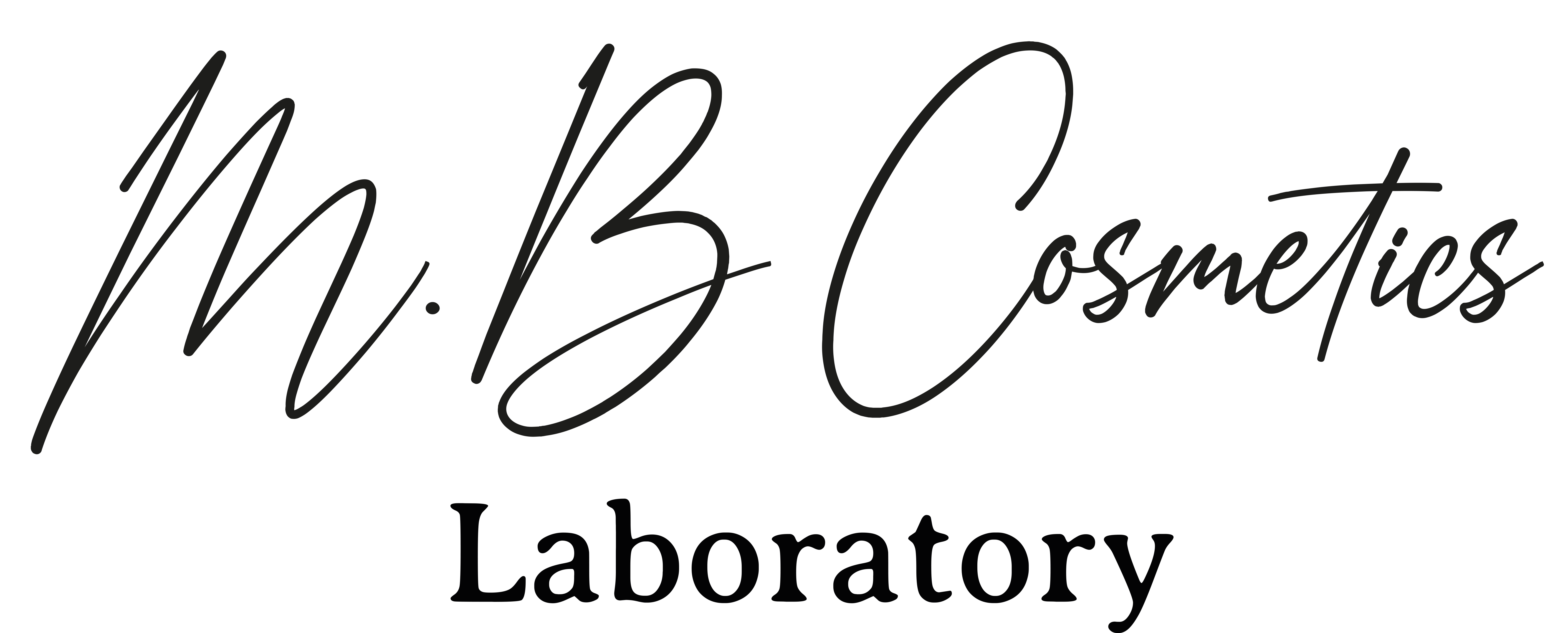
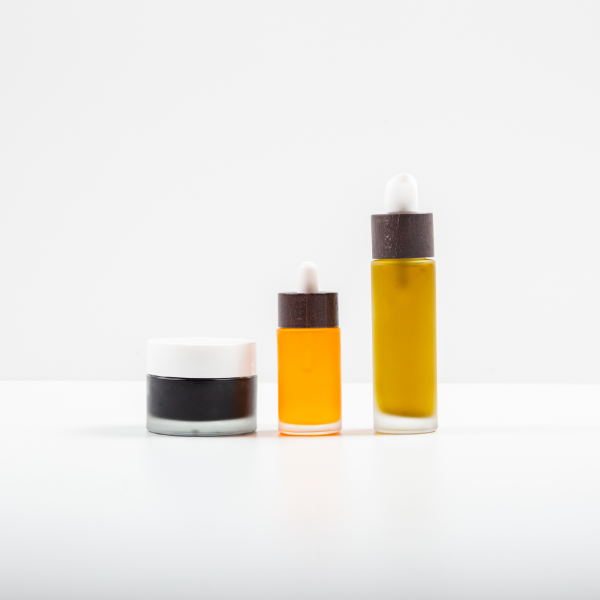
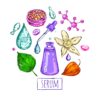


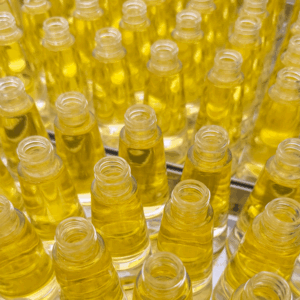
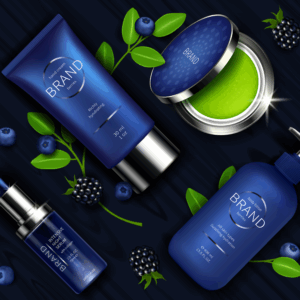


Add comment